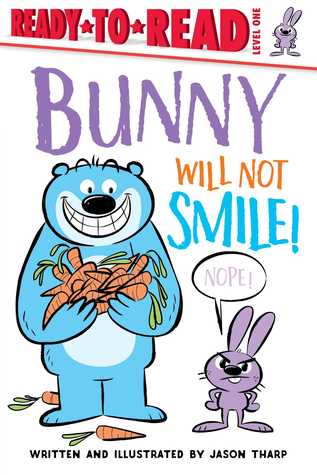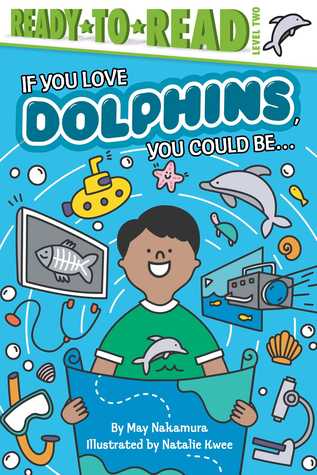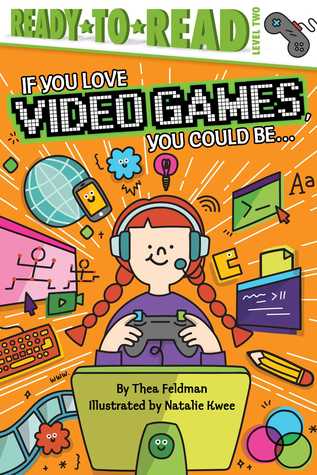All journeys have a starting place.
This is a weekly place to find books and tools
that you may use with readers
at the start of their independent reading journey.
Join in the conversation at #road2reading.
Today I'm taking a closer look at the "Ready to Read" series from Simon Spotlight (Simon and Schuster Publishing). Like other "leveled readers", Simon Spotlight has their own levels. I read books from their "Ready to Go! series to "Level Two". I'll share what I notice and the books I read in this post.
"Ready-To-Go" level
This level is where Simon Spotlight instructs new readers to begin. Featuring one, maybe two sentences, on a page with no more than seven words in a sentence. Sentences are made up of sight words and word families, usually the same word family stretches throughout the book. At the start of the book I read, it even had some things an adult could do to help get the reader ready to read that particular book. Sight words found in the book and the word family that would be practiced were spotlighted so a reader would know what to expect. At the end of the book are some questions that could be used to discuss the story.

Poof! A Bot!
by David Milgrim
Often in a level like this, the stories are dry and boring, but I found this one to be very humorous! Even with minimal text, readers will laugh at Zip's antics.
Zip is an alien who can make things appear with a flick of his antenna. First he produces a Bot. When Zip asks the bot to get him some tea with mint he ends up with pie... in his face! When Zip tries to fix his mistake, he ends up with more bots and more pies. You can see where the laughs will come in with this!
Level One
* note, there is also a "pre-level one" series but I did not have any to preview
These books still have a lot of sight words and decodable text. The illustrations have a high support level with the text. The sentences start to get longer and the font is smaller. There is dialogue, but in the books I saw, the dialogue appears as talk bubbles. When there is more than one character, the talk bubbles are color coded to help readers connect dialogue with characters.

Bunny Will Not Smile!
by Jason Tharp
Bear is trying to do everything to get Bunny to smile. Bear even breaks the 4th wall and talks to the reader. Once the reader gets involved, now it's an interactive book! Use your best silly smile and maybe that will get Bunny to smile!

Kiwi Cannot Reach
by Jason Tharp
An even more interactive book, this time the reader has to move, bounce and shake the book to help Kiwi reach a rope that is just out of his reach. Of course, the funny part comes when Kiwi actually gets to the rope!
Level Two
There is a big jump from level one to two. Many of the words are decodable and there are sight words, but more advanced. The vocabulary is content related. Sentences are longer and there is a significant change in amount on a page - now it goes from 1-3 sentences on a page to a quarter-half page of text. Font is also smaller. This level also features chapters, although they seem to follow a pattern and stay predictable. I read some nonfiction books and I liked that the glossary was at the start of the book which allows readers to preview some words before reading the book.

If You Love Dolphins, You Could Be...
written by May Nakamura
illustrated by Natalie Kwee

If You Love Video Games, You Could Be...
written by Thea Feldman
illustrated by Natalie Kwee
This looks to be a fun series. It takes something that a young reader might like or enjoy and shows them three possible jobs in the field. For example, in the video game book, it talks about becoming a video game writer, animator, or programer. Each of the jobs are detailed in separate chapters. Quick details about what workers do for each job and it concludes with how the reader can start practicing that job now while they are young. I'm looking forward to seeing what readers think of this series!
I like the many books that Simon Spotlight is featuring in this series. They are engaging and I think will hook readers. It has certainly caught the eye of the Geisel Committee since some of the titles in the past few years have come from this group! Have you read any? What are your favorites?

No comments:
Post a Comment